If you're a cat owner, you know that while your feline friend brings joy and companionship, they can also get a bit of a mess into your home—especially when it comes to litter tracking. Cat litter can easily end up on your floors, carpets, and even your furniture, making cleanup a constant chore. Fortunately, there are several strategies you can implement to minimize litter tracking and keep your home cleaner.
Other Topics You Might Like
Helpful Products You Might Like
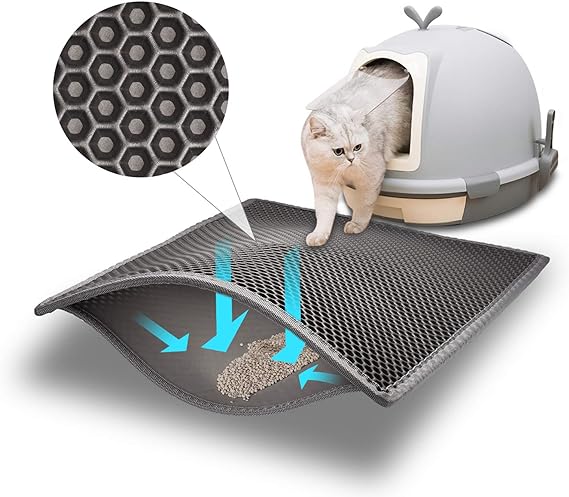
Pieviev Cat Litter Double Layer Waterproof Mat
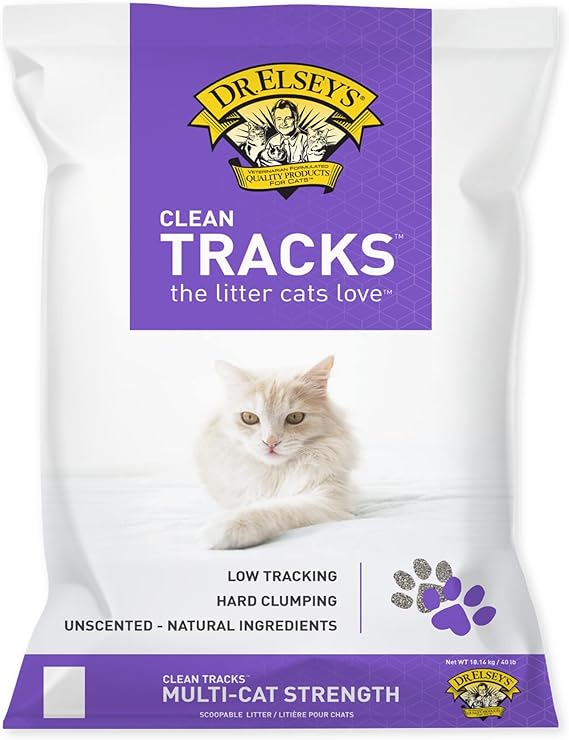
Dr. Elsey's Premium Clumping Cat Litter Clean Tracks
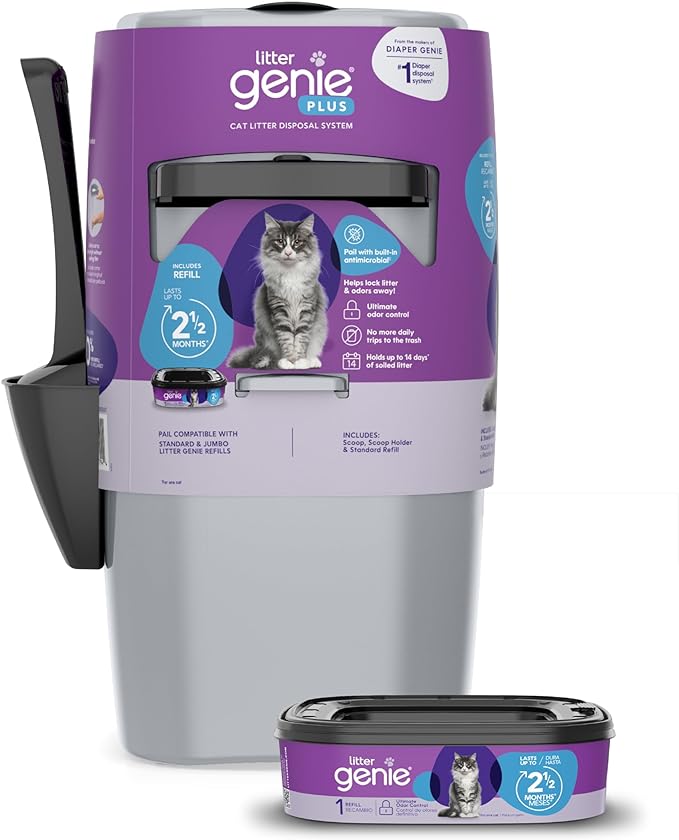
Litter Genie Plus Cat Litter Disposal System
"(Paid Links)" 
Choose the Suitable Litter
The type of litter you choose can help minimize tracking dramatically. Use low-dust, large-granule litters, which are less likely to get stuck to your cat's paws or even to the floor. Some litters are developed with an emphasis on reducing tracking; look for those branded as low-tracking litter. Different homes and their various tenants (cats) will sometimes require different litter types and textures, so don't hesitate to look for one that works for everybody.
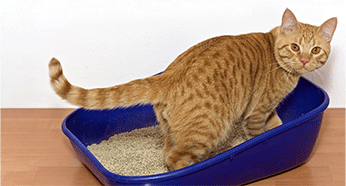
Buy a Good Quality Litter Mat
A litter mat is handy as it can change how you perceive cleaning up after your cat. These mats catch almost all of the litter dust and litter pieces as the cat leaves to go do something else. Choose mats with raised edges and a raised texture designed to help hold down litter. Pick a mat that is easy to maintain. Some are washable, while others just require shaking off.
Correct the location of the Litter Box
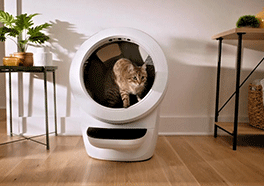
The litter box's location is just as important as the addition of litter or a second cat; its placement will also impact litter scatter and tracking instead of regulating it. Do not place it on carpet, as litter will get trapped in and not very helpful in cleaning. Where feasible, allocate a "litter area" where your pet will quickly relieve itself without dragging the litter into other parts of the house.
Keep The Litter Box Clean
If the litter tray is in proper order, fewer litter will be trailed to the other parts of the room. The litter box should be emptied in case the cat doesn't like digging too much and causes a mess. With a constant supply of 'fresh' litter, the cat will hardly sift or toute its face in the litter box trying to look for one clean spot. Augmenting the above maintenance with litter changing and washing the box periodically will prevent unwanted smells and make you and your pet still want to use it.
Employ a Hooded Litter Box
Hooded litter boxes, to a large extent, offer litter containment because they restrict the cat's movement as it digs into the box. However, there are a few who love covered boxes and who don't, so watch out for this change in your cat. Disregard the fact that the cover will work against littering the floor; if the cat hates the cover, it will hate the box itself.
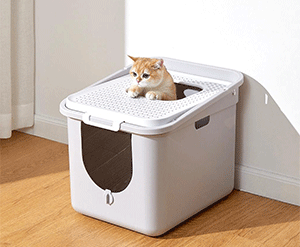
Give your cat Sufficient Grooming Daily
Litter box habits are more common to long-haired cats because litter will be trapped in their fur. Frequent cat grooming will alleviate the instances of the litter getting stuck on the surface of your cat's feet and body and also their coat. A quick brushing in a week for a few days will reduce tracking of litter without impacting the cats' appearance.
